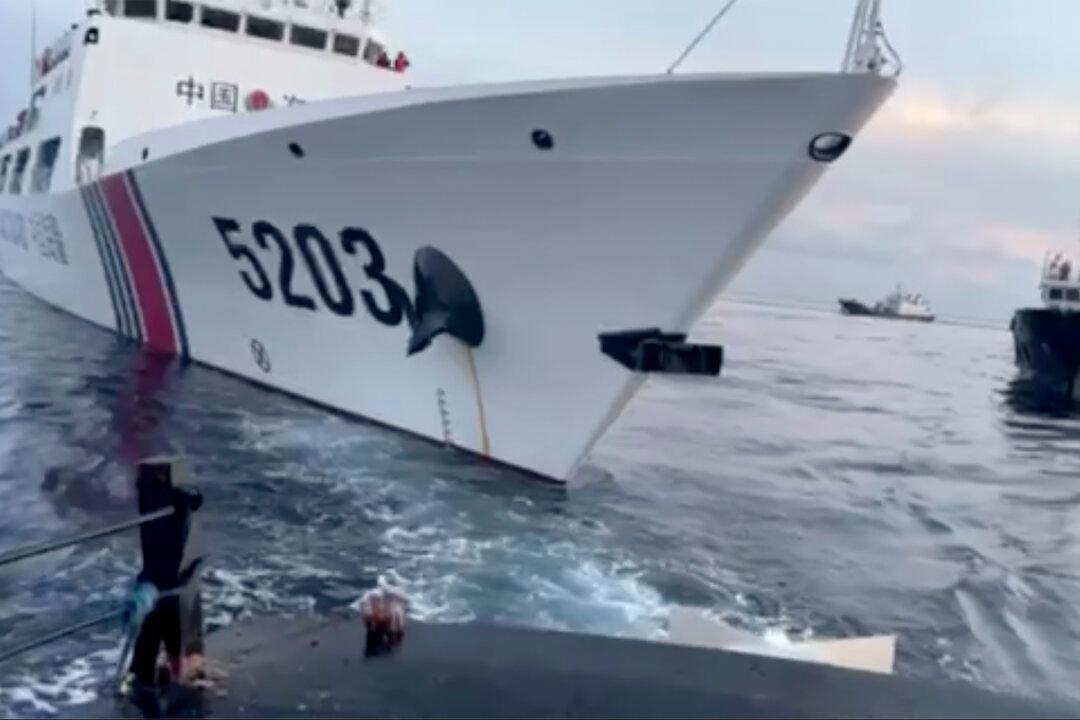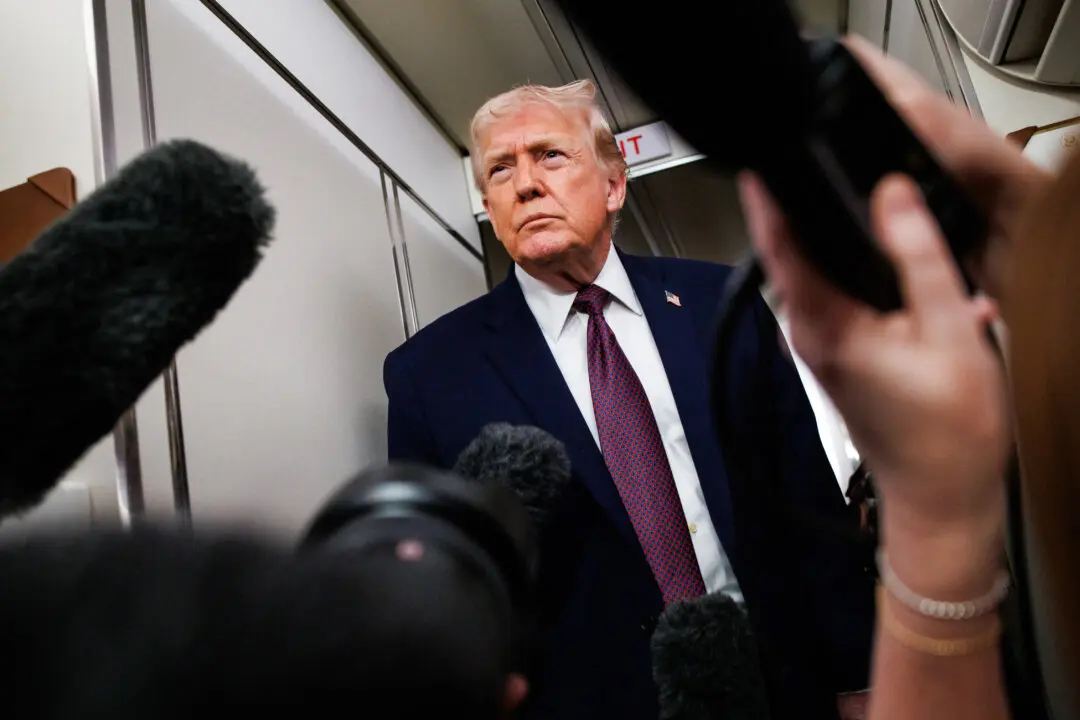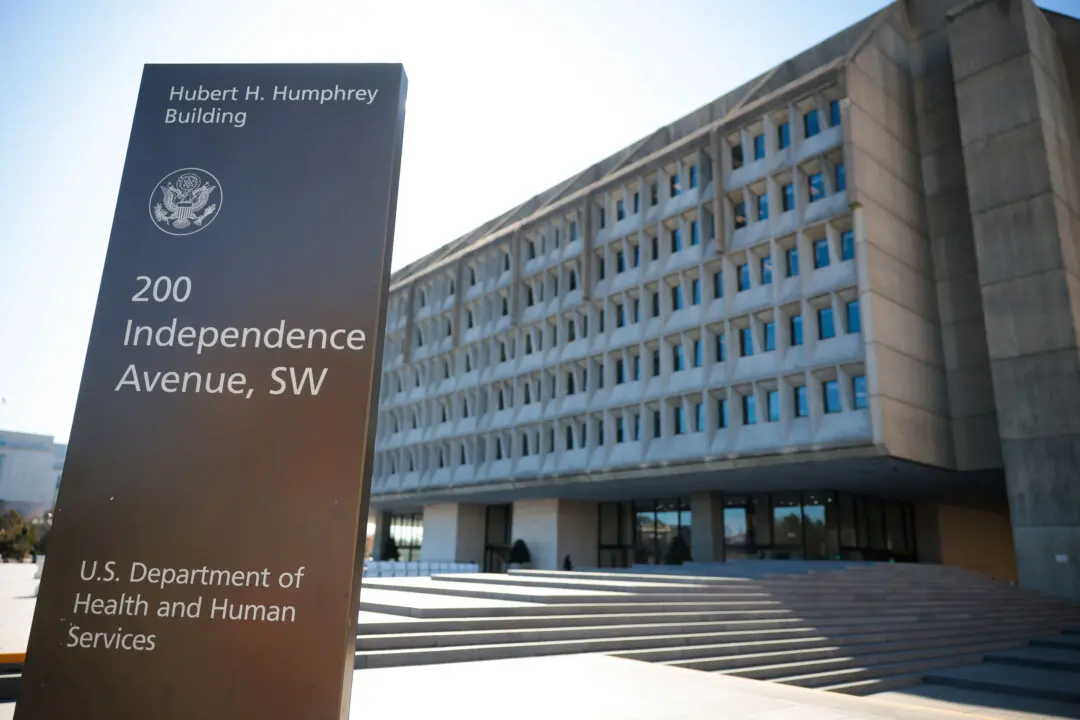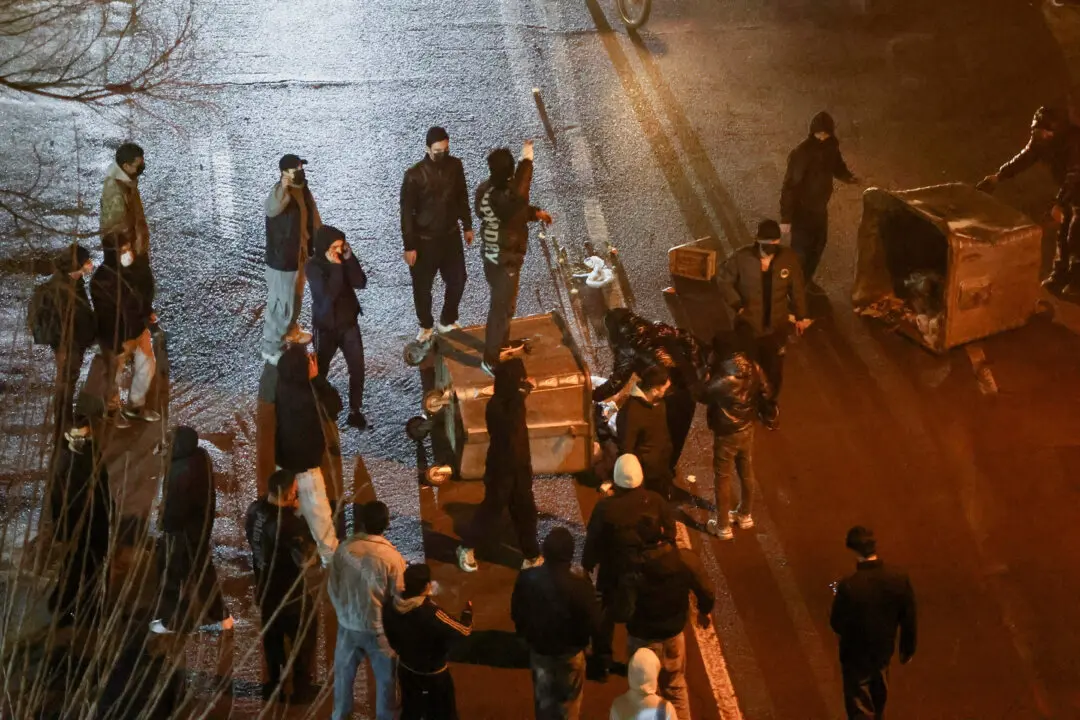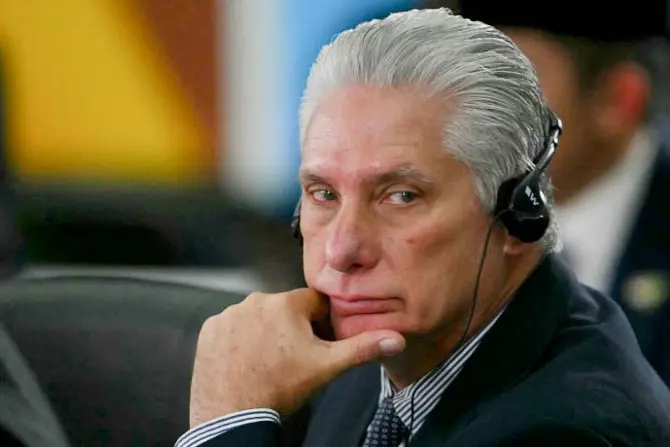The Philippines on Oct. 23 summoned China’s ambassador after a Chinese coast guard ship made “dangerous blocking maneuvers” against a Philippine ship that was operating within its Exclusive Economic Zone (EEZ) in the South China Sea, causing a collision.
The collision occurred on Oct. 22, when the Philippine boat, which was attempting to deliver supplies to troops stationed at Ayungin Shoal, had its path blocked and collided with a Chinese coast guard ship.
